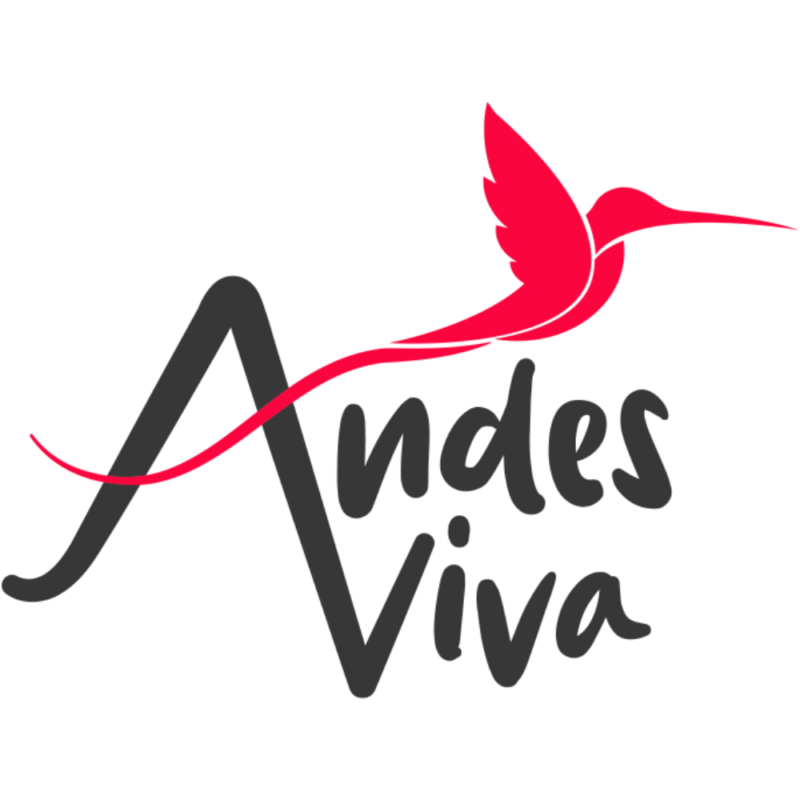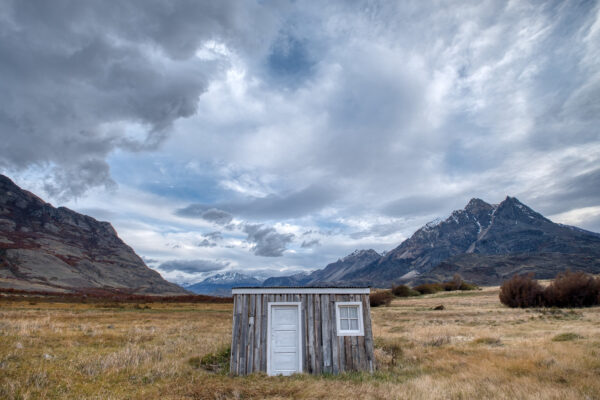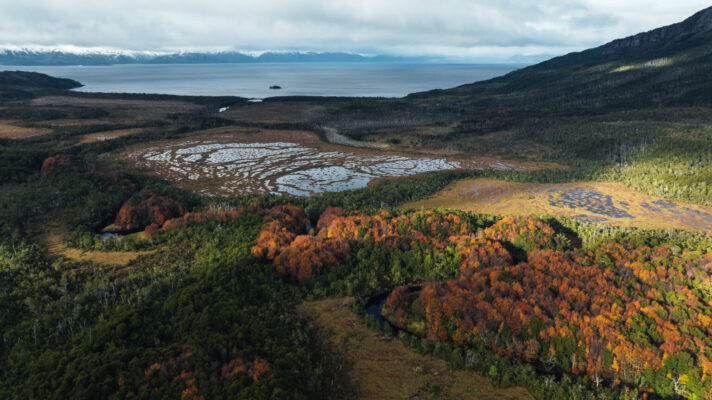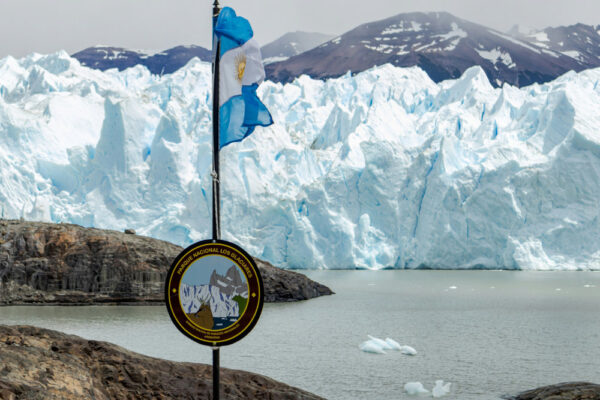Since its initial colonization by Polynesian immigrants, its extreme isolation favored the development of a culture with unique features in the world, which has only been reconstructed thanks to the contribution of archaeology and ethnology.
But where is Easter Island?
Easter Island or also called Rapa Nui is an island and territory of Chile in the southeastern Pacific Ocean. There is no other inhabited place in the world that is as isolated in the sea as Easter Island: It is 3,686 kilometers away from the Chilean mainland.
The island is most renowned for its nearly 1,000 extant monumental statues, called moai, which were created by the early Rapa Nui people. In 1995, UNESCO named Easter Island a World Heritage Site, with much of the island protected within Rapa Nui National Park.
What is the history of Easter Island?
About three thousand years ago, sailors from Southeast Asia settled in the islands of Tonga and Samoa, and over the next thousand years began a process of colonization of Polynesia. Moving in successive waves, they occupied the extensive area between Hawaii, to the north, New Zealand, to the southwest, and Rapa Nui, to the southeast. Around the year 600, a group of settlers arrived at the island from the Marquesas Islands, who introduced a great variety of vegetable crops such as sweet potato, taro, yam, banana and sugar cane, as well as the Polynesian rat and the chicken, which was of great importance for trade. According to oral tradition, the leader of the group was the Ariki Hotu Matu’a, who founded the dominant lineage that in the future would control access to priestly and political positions. The sons of Hotu Matu’a became the ancestors of the various tribes with a paramount chief, the Ariki Mau.
Gigantic Moais
Around the year 1,000, the Rapa Nui society reached its peak and experienced a strong demographic increase, initiating the construction of ceremonial centers of worship to the ancestors, represented through gigantic stone statues: the moais. In the context of a strongly stratified society, ordered through extensive lineages that controlled a certain territory, the construction of altars to the ancestors and the erection of the enormous moais, fulfilled the function of reflecting the power and internal cohesion of each clan. Political power was concentrated in the Ariki Mau, a hereditary supreme authority, and in the priestly caste, in charge of maintaining religious traditions and ancestor worship.
The growth of the population, estimated to have reached 10,000 people, made the pressure on resources and the competition between the different lineages more intense. The situation reached its limit when the almost total deforestation of the island prevented the construction of boats that could have relieved the demographic pressure on insufficient food. The requirements of the priestly class became increasingly difficult to meet, and the power of the ancestors was no longer sufficient to sustain the internal cohesion of the lineages and the delicate social balance.
In the mid-17th century, or perhaps earlier, the situation became a crisis, with the outbreak of a fierce internal conflict in which the great majority of the moais were destroyed by rival clans. The readjustment to the new environmental situation was slow and difficult, and crystallized in the cult of Make Make -the creator God- and in the ceremony of the tangata manu -bird-man, in which the different lineages competed annually for political power. The winner assumed a sacred character, having to live alone and isolated; meanwhile, his group acquired a despotic power over the rest of the population, which included human sacrifices to the gods to ensure the well-being for the year. These practices constantly renewed hostilities between the groups, producing a climate of permanent violence and social crisis.
During the 18th century, the first European navigators visited the island and made Rapa Nui known to the world. In the 19th century, a series of slavery expeditions and the arrival of unscrupulous Europeans reduced the population to a minimum, victims of slave hunting and smallpox. Traditional hierarchies crumbled and the arrival of Catholic missionaries to the island reinforced the growing acculturation. In 1888, Chilean sailor Policarpo Toro took official possession of the island, incorporating it into Chilean territory. The Chilean government leased the island to a company that turned it into a large sheep ranch, reducing the indigenous people to mere employees. In 1966, Rapa Nui returned to the Chilean State after the end of the lease, and since then, the development of tourism and the revaluation of its archaeological heritage have marked a new relationship between its inhabitants and the Chilean State.
With source from memoriachilena.gob.cl (CC-BY-SA-3)












